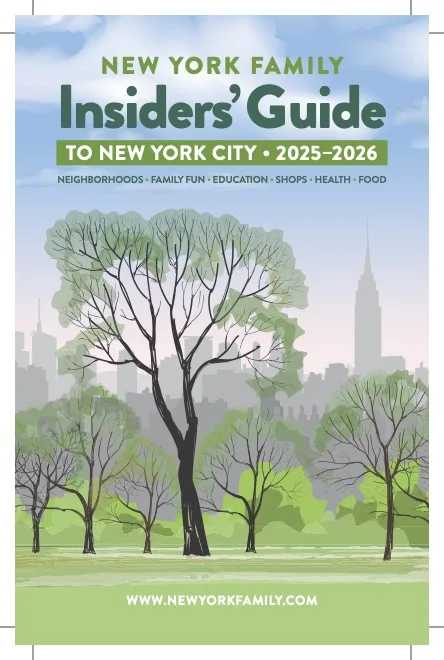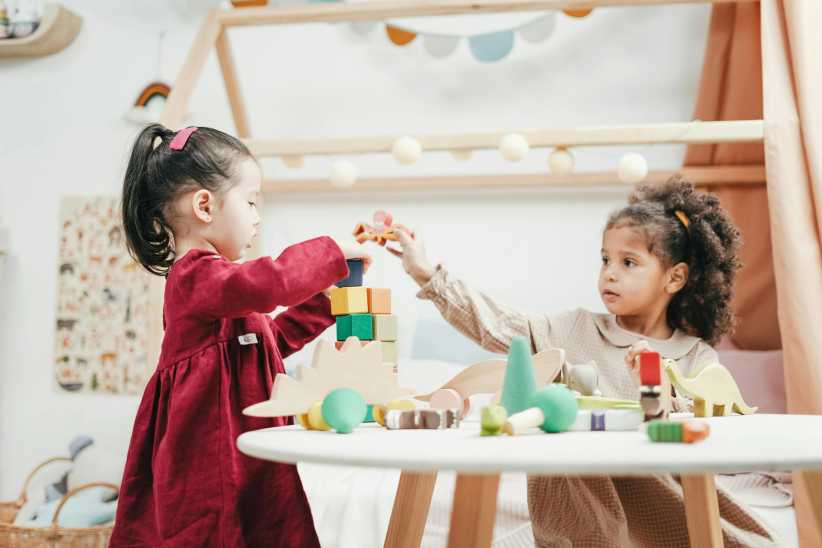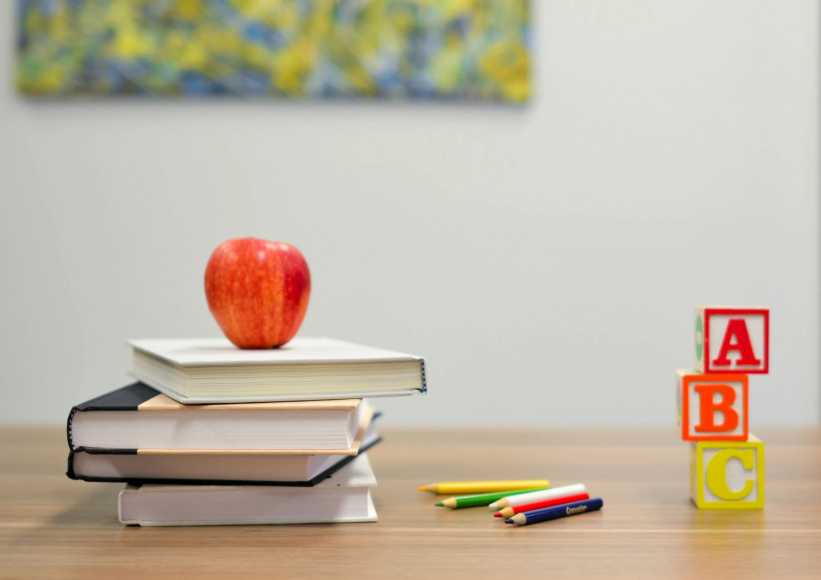It was the first day of school for many children — a beautiful morning, and not a cloud in the sky. My co-teacher Robert and I had just finished adding fresh paint to the easel and waited excitedly for our preschool students to arrive.
Suddenly, we heard the deafening roar of a plane overhead, approaching with such force and speed that the vibration knocked heavy gallon jugs of glue from the table and sent books tumbling off the shelves. Then, there was a thunderous crash — shattering glass, screeching metal — followed by an eerie silence.
We ran outside to investigate and were devastated to see a huge fiery hole in the North Tower of the World Trade Center. Everything on the typically busy streets of lower Manhattan stopped except for the police and fire trucks speeding toward it. People stood, stunned. We returned to work with heavy hearts, prepared to comfort the 3- and 4-year-olds when they arrived.
The children greeted us with smiles. Some spoke of the loud “boom,” but no one dwelled on it. They wanted to get busy with puzzles, blocks and paint. Parents were shaken; they knew people who worked in the Towers. Our job was to focus on the children and keep things as calm as possible.
By 9 am, only three of our students had arrived. While Robert read them a book, I walked one of the mothers to the door. She was worried about her older son who had started kindergarten at a school only a few blocks away from the World Trade Center. Outside, people gathered on Church Street to get a view of the North Tower. I saw another parent from our class struggling to push a stroller through the crowd and went to help her.
As we watched the black smoke billow through the sky and reams of office paper fly from the windows, the second plane struck the South Tower. People panicked and suddenly we were caught in a stampede. I rushed back inside the school to inform everyone of the second crash and we began the evacuation process. Parents nervously swooped up their children and headed away from the burning buildings. Robert and I had one student without a parent — the mom who left to check on her son. We tried calling her but the phone lines were busy, so we left a note on the door and headed north to the family’s apartment. Luckily, she met us on the street halfway between school and home.
Our school remained closed until it was deemed safe to return to the neighborhood. Only those who lived or worked below Canal Street were allowed to enter with written permission. Armed guards walked the streets and policed the subway stations, but downtown Manhattan still didn’t feel safe. Fires continued to burn. Debris littered the ground. Dust coated cars and buildings. People were dazed. A strange smell lingered in the air — an indescribable, sickening odor that will forever conjure memories of planes crashing, people jumping, and buildings imploding. Walking south on Church Street, I couldn’t take my eyes off of the giant hole in the skyline. It was hard to believe the Twin Towers were gone.

When the children returned to school, they craved order and consistency. They needed a safe place to play and express their feelings about what had happened. Some experienced the tragedy first-hand. Others were fortunate to leave the city after the first plane hit. Whether they witnessed the attacks directly or indirectly, everyone was vulnerable. Parents could not shield their children from the horror of 9-11, especially those who lived in the area surrounding Ground Zero. Their world had been turned upside down. Many families were forced to leave their homes and live in hotels. Children weren’t allowed to play outside in the local parks. Some never had a chance to say goodbye to their friends who escaped the city that morning and never returned.
Miraculously, no one from our school perished in the Sept. 11 attacks.
“My daddy’s building disappeared,” a 4-year-old declared as he walked back into the classroom after the hiatus. “Bad guys did it.”
For weeks after the tragedy, the children spoke of bad guys, fireballs, crashing planes, and explosions. They knew something terrible had happened and needed our help to work through it. They had many questions: “Why did the bad people want to hurt everybody?” “How did the buildings get knocked down?” “Will the planes come back?”
We answered their questions simply and honestly. We acknowledged the event and reassured them that it was over. The streets were filled with police officers, firefighters and EMS workers, and we explained that they were doing everything possible to protect them.
Our curriculum focused on safety and emotions. We bought extra Play-Doh so little hands could squeeze, squash, and pound out the feelings they couldn’t put into words. The children also expressed themselves through artwork — drawings of the broken towers, paintings of flames and black smoke clouds. Teachers ordered extra rescue hero action figures, toy planes, and emergency vehicles for the children to use in the block area. For weeks, kids built towers and knocked them down over again and again. We encouraged them to keep rebuilding, making the towers safer and stronger each time.
With each new building that went up, we knew the children felt safer and stronger, too.
Laura Varoscak-DeInnocentiis is a contributing writer for Family Publications New York and www.NYParenting.com. On Sept. 11, 2001, she was a teacher at the Washington Market School in TriBeCa, located seven blocks from Ground Zero.























